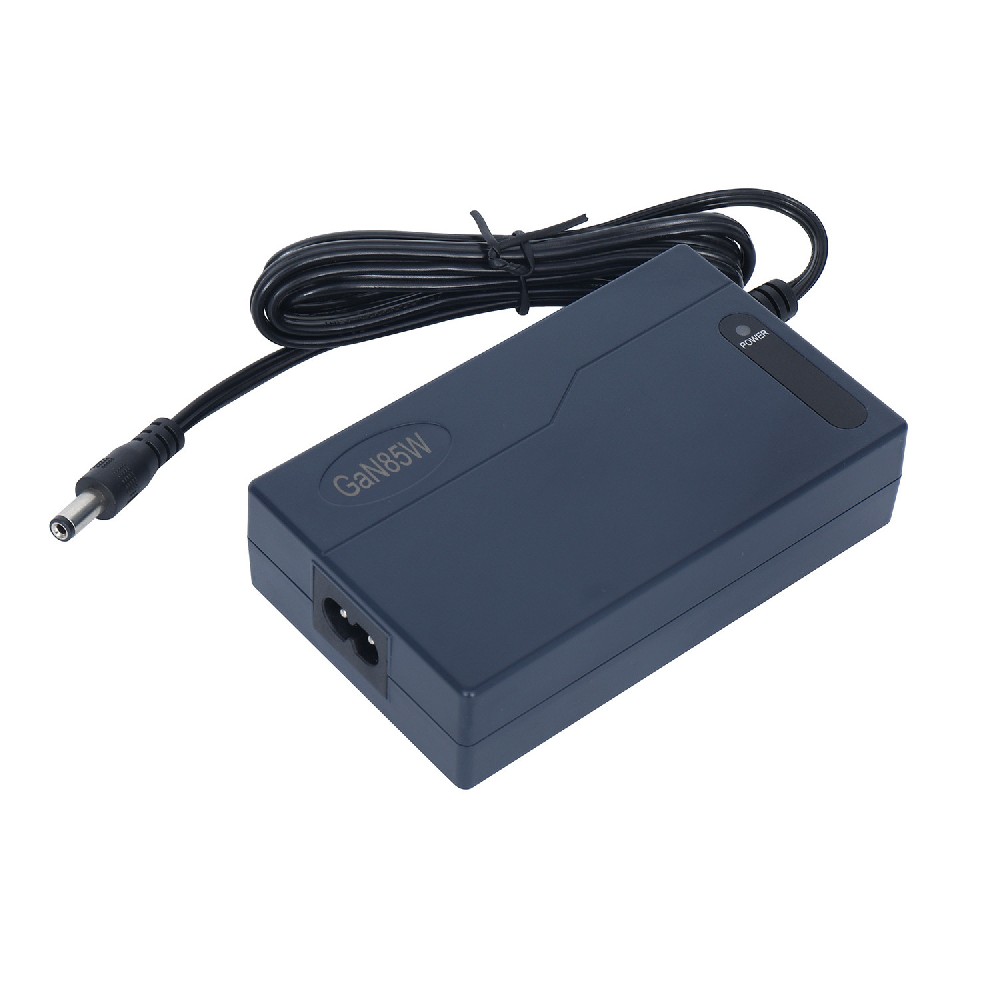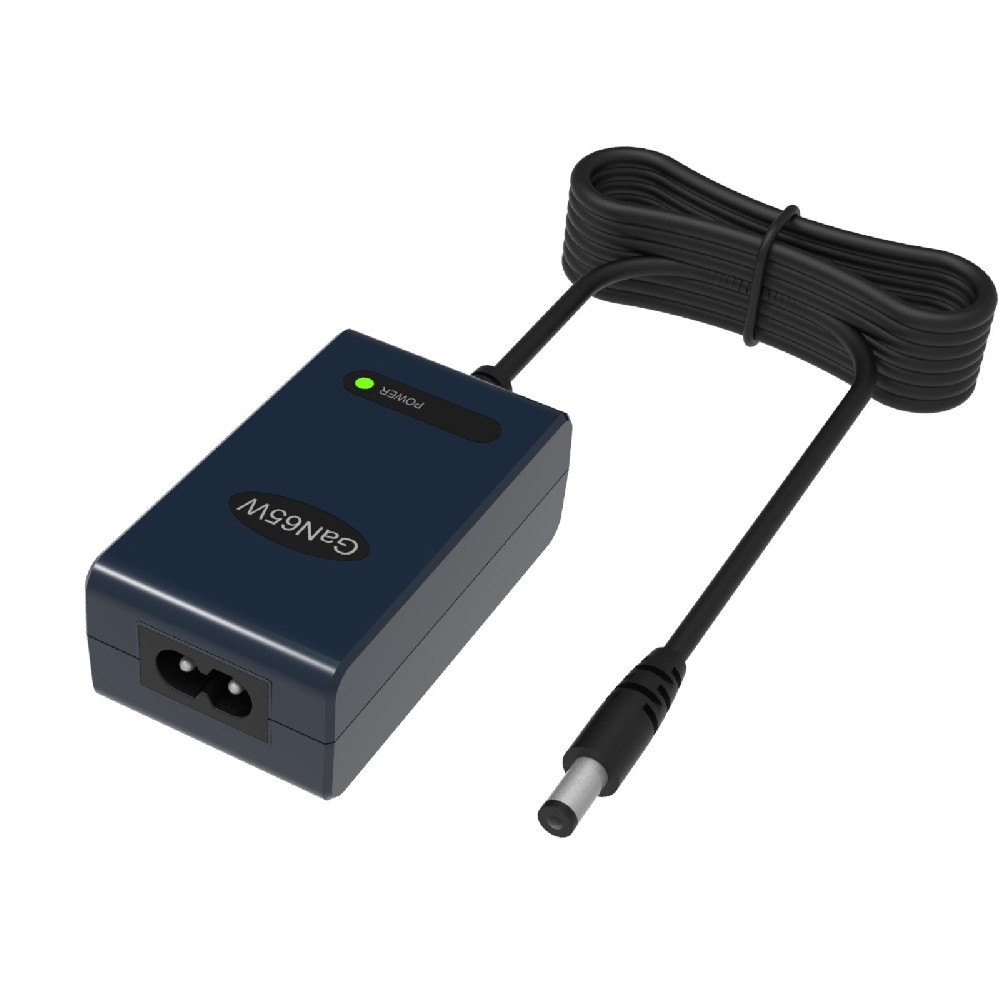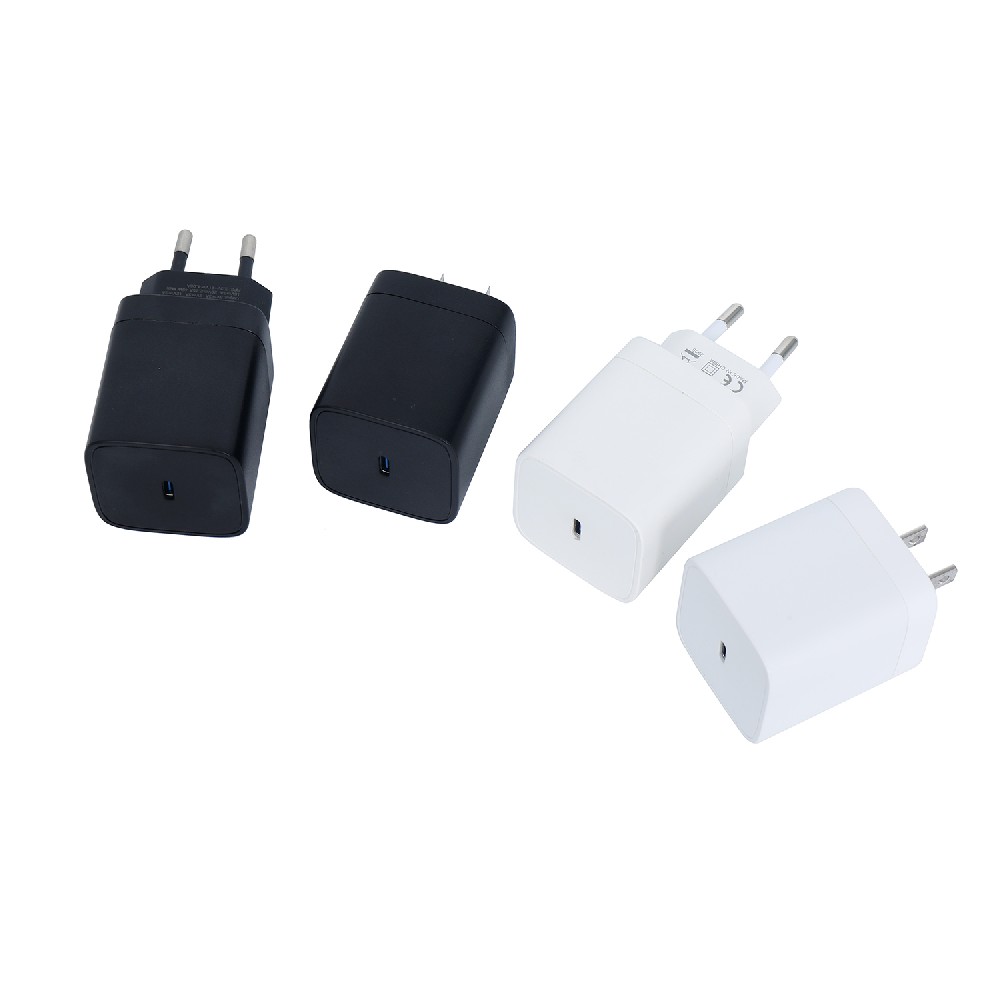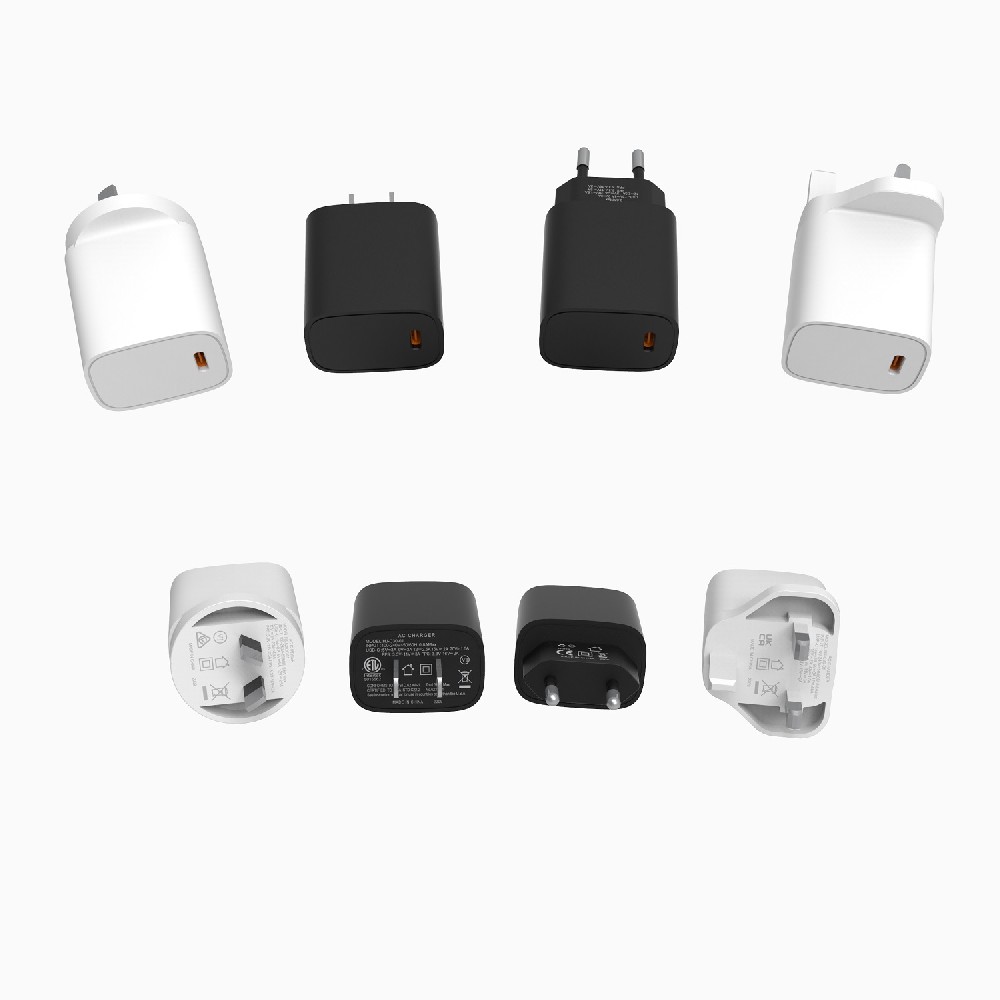Information Center
Power Adapter Selection Guide for Handheld Vacuum Cleaners: In-Depth Analysis of Technology, Safety, and Market Trends
Published:2025-04-24 16:00:02 Author:admin Views:100Introduction
Handheld vacuum cleaners have become a mainstream tool for household cleaning due to their portability, efficiency, and intelligent features. However, the stability of their core performance and the enhancement of user experience are inseparable from the precise selection and design of power adapters. The adapter is not only a key component for power conversion but also a critical factor affecting product safety, battery life, user experience, and market competitiveness. This article systematically analyzes the key considerations for selecting power adapters for handheld vacuum cleaners from technical parameters, safety standards, production quality control, market trends, and case studies, providing manufacturers with a comprehensive reference framework.
I. Core Technical Parameters and Adapter Selection
1. Voltage and Current Matching
The power adapter for handheld vacuum cleaners must strictly match the voltage and current requirements of the device. For example:
-
Cordless Vacuums: Typically use lithium-ion systems ranging from 18V to 24V, requiring stable DC output (e.g., the Dyson CJ53 model adapter provides 21.6V).
-
Corded Vacuums: Must adapt to AC input (100-240V wide voltage range) and ensure that the output power matches the motor’s power (e.g., an 800W motor requires at least 3.6A continuous current).
Key Considerations: Avoid voltage deviations exceeding ±5%, which could lead to overcharging or equipment damage. Reserve a current margin of 10%-20% to handle transient power fluctuations (e.g., Dyson V6/V7 adapters include overload protection).
2. Input Voltage Range and Global Compatibility
Adapters must support global grid standards (e.g., 110V in North America, 230V in Europe), necessitating a wide voltage input design (100-240V). For example:
-
Switching Power Supply Technology: Achieve voltage conversion through PWM control to ensure stable output across different grids.
-
Interface Compatibility: Adapter plugs must comply with regional standards (e.g., US-style plugs, EU Type C interfaces) and prevent reverse insertion (e.g., Dyson adapters use custom DC interfaces).
3. Power Density and Efficiency Optimization
- Lightweight Requirements: Adapters for handheld vacuums need to balance high power and low weight. For instance, the Dyson 53.4W adapter uses aluminum heat sinks and compact PCB design to keep the weight under 283g.
- Energy Efficiency Standards: Choose adapters compliant with IEC 62301, ensuring a conversion efficiency of ≥85%. High efficiency reduces heat generation (e.g., synchronous rectification technology can improve efficiency by 5%-10%).
4. Interfaces and Extended Functions
- Standardized Interfaces: Prioritize USB-C and Type-A interfaces to support multi-device charging (e.g., cleaning robots, smartphones).
- Smart Features: Integrate communication interfaces (e.g., I2C or Bluetooth) to monitor battery health and display charging status (referencing Hengjunfeng Technology’s intelligent charging protection feature).
II. Safety Design and Certification Standards
1. Safety Protection Features
Adapters must integrate multiple protection mechanisms to ensure user and device safety:
-
Overload/Short Circuit Protection: Use thermistors or fuses to cut off output when the current exceeds 150% of the rated value (e.g., Lexy Jimmy adapter design).
-
Overvoltage/Overtemperature Protection: Real-time monitoring via NTC thermistors and voltage monitoring chips (e.g., TL431) to avoid damage from overheating or voltage spikes.
-
Insulation and Fire Resistance: The housing must use UL94 V-0 flame-retardant materials (e.g., PC fire-resistant material in Dyson adapters), ensuring leakage current ≤0.7mA.
2. International Certifications and Testing Requirements
- Safety Certifications: Must pass certifications such as UL (USA), CE (EU), and CB (globally recognized). For example:
- UL 1017: A safety standard for electric tools, covering high-voltage tests (e.g., Dyson adapters pass 1.5x rated voltage tests).
- IEC 60335-2-2: Requires adapters to pass leakage current, grounding protection, and mechanical strength tests.
- Environmental Adaptability Tests:
Performance stability under high temperatures (50°C) and low temperatures (-10°C).
Insulation resistance tests under 90% RH humidity conditions.
III. Production Quality Control and Cost Optimization
1. Selection of Key Components
- Transformers and Capacitors: Prioritize low-loss EI-type or toroidal transformers (e.g., Xiamen Taihe Electronics’ solutions). Safety capacitors must meet X2/Y2 standards (e.g., Nichicon ZLH series long-life capacitors used in Dyson adapters).
- Chips and MOSFETs: Choose controllers with integrated protection functions (e.g., NXP TEA1738T) to reduce the number of discrete components. Switching transistors must be high-voltage tolerant (e.g., Infineon IPA65R380E6, 700V tolerance).
2. Optimization of Manufacturing Processes
- Automated Production Lines: Adopt SMT assembly processes and ICT online testing to increase yield rates to over 98%. Critical processes (e.g., welding, heat sink fixation) require automated equipment to ensure consistency.
- Supply Chain Management: Collaborate with certified suppliers (e.g., Lite-On, Rubycon capacitors) to ensure component quality and delivery timelines. Use modular designs for future upgrades (e.g., supporting solid-state batteries).
3. Lifecycle Cost Control
- Repairable Design: Separate the power module from the housing to reduce after-sales repair costs.
- Environmental Compliance: Use RoHS/WEEE-certified materials to avoid additional costs due to regulatory changes.
IV. Market Trends and User Demand Alignment
1. Intelligent and Connected Features
- Smart Charging Functions: Support CC/CV (constant current/constant voltage) modes to extend battery life.
- Remote Monitoring: Check charging status and battery health via mobile apps (e.g., Midea P6 model adapter’s extended functionality).
2. Environmental Sustainability
- High-Efficiency Energy Saving: Adapters with ≥90% efficiency to reduce carbon emissions.
- Recyclable Design: Use detachable housings and eco-friendly plastics (e.g., Guangfeng adapter lightweight solutions).
3. Differentiation in Market Segments
- High-End Professional Market: High power (e.g., above 50W), wide voltage input, IP54 protection rating.
- Mass Consumer Market: Lightweight design (≤200g), low-cost solutions (e.g., "Clean Eco-Friendly Small Appliance Accessories Store" $32 adapter).
V. Case Study: Technical Analysis of Dyson Adapters
Taking the Dyson 53.4W adapter as an example, its successful design includes the following key points:
-
Heat Dissipation Optimization: Aluminum heat sinks and fan-coordinated cooling reduce temperature rise by 40%. Primary switching transistors and synchronous rectifiers are fixed to the heat sink with screws, enhancing thermal conductivity.
-
Materials and Structure: High-gloss PC housing combines fire resistance and durability. Anti-bending design for output cables extends service life.
-
Performance: Supports 19.2V/3A output, meeting fast-charging needs for 24V batteries. Certified under UL 1017, ensuring global market compliance.
VI. Conclusion and Recommendations
The selection of power adapters for handheld vacuum cleaners must balance technical parameters, safety standards, production efficiency, and market trends while considering performance and cost. Manufacturers should:
-
Strictly Match Voltage and Current Parameters to avoid compatibility issues.
-
Prioritize Internationally Certified Components to ensure safety and compliance.
-
Adopt Automated Production and Modular Design to improve yields and reduce maintenance costs.
-
Stay Updated on Market Trends, such as fast charging, lightweight design, and intelligent connectivity features.
In the future, as the cordless vacuum cleaner market continues to grow (expected to exceed $10 billion by 2030), adapter designs will increasingly focus on fast charging, lightweight design, and smart connectivity features. Through scientific selection and innovative design, manufacturers can significantly enhance product competitiveness and seize market opportunities.
Power Adapter Design and Customization Guide for Portable Electric KettlesI. Common Design Types for Portable Electric Kettle Power AdaptersPortable electric ke···
I. Common Design Types of Power Adapters External Independent Type (Most Common) Design: A standalone adapter (e.g., "black brick") connected to the p···
Handheld Vacuum Cleaner Power Adapter Selection GuideIntroductionHandheld vacuum cleaners have become a mainstream tool for household cleaning due to their port···
Drill Power Adapter Selection Guide.drill-container { font-family: Arial, sans-serif; line-height: 1.6; max-width: 800px; margin: 0 auto; padding: 20px; } .dril···





